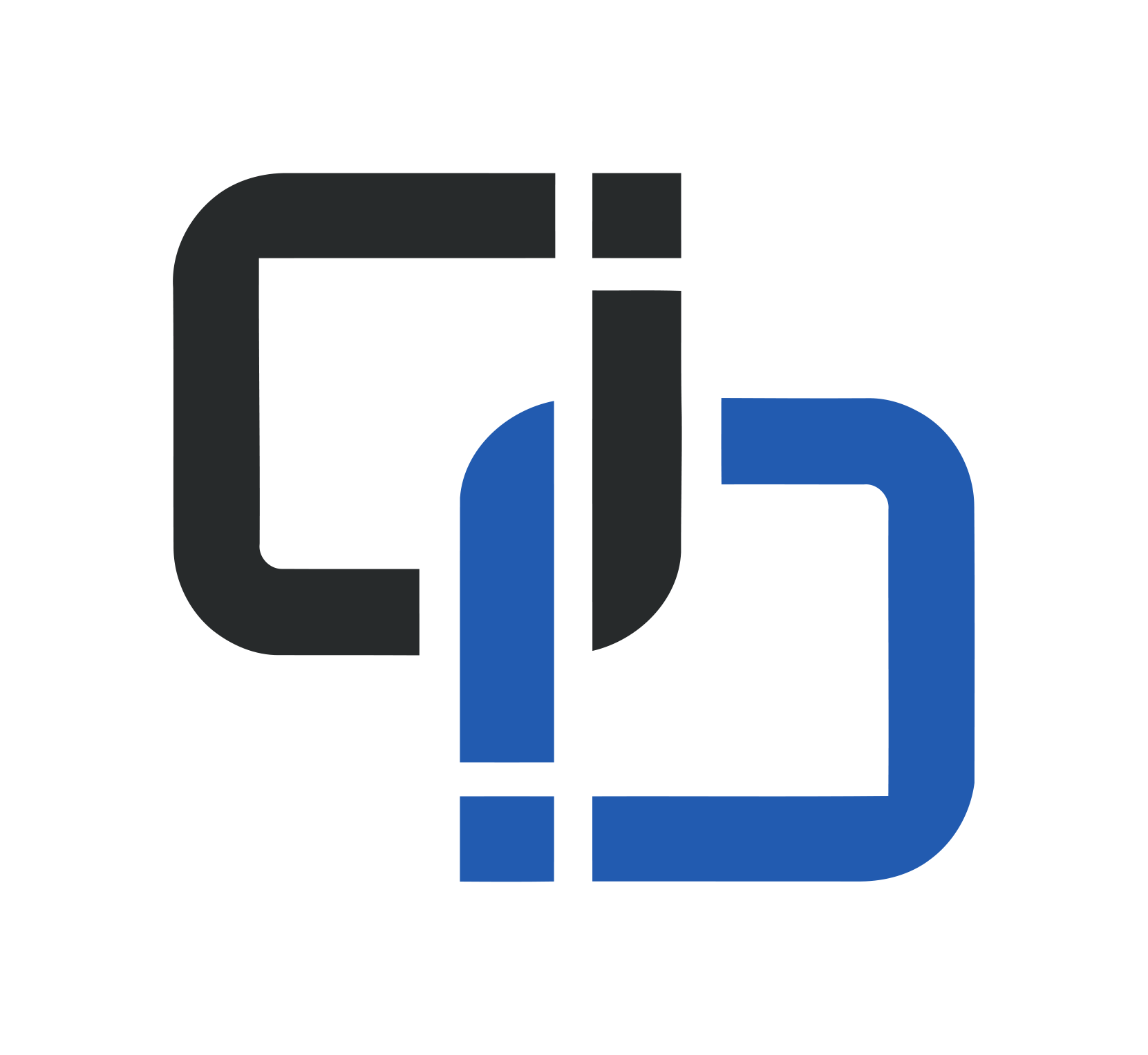DIN-CENCN-2 Setup
DIN-CENCN-2s are Cresnet-to-Ethernet bridges which convert data over the Cresnet bus into high-speed Ethernet traffic. This helps avoid issues with bandwidth over the Cresnet bus for jobs which have a large number of Cresnet devices, as well as allowing for additional power supplies to provide power Cresnet devices. They are analogous to CEN-GWEXERs for Crestron wireless systems.
For SHOWRUNNER™ installations, the IP address of the DIN-CENCN-2 does not matter as long as it is in the same range as the processor and does not conflict with any other devices on the network. Instead, DIN-CENCN-2s are identified to the processor via their IP-ID. Note that which Cresnet devices are landed at each Net of each DIN-CENCN-2 matters, and if devices are moved between Nets or between DIN-CENCN-2s then the configuration will need to be updated (see below). Chief Integrations typically provides an SRTakeoff.xlsx spreadsheet with an IP Table tab that lists all the DIN-CENCN-2 IP-IDs in the program. If no takeoff is provided, then the processor's IP table can be checked by running the ipt -t command from the processor after the configuration is loaded. DIN-CENCN-2's will typically have IP-IDs in the "Dx" range.
IP Configuration
Typically, each DIN-CENCN-2 will need to be initially configured via USB (USB Type B) unless their MAC addresses are already known and the lighting network has a DHCP server. If the DHCP server on the network is temporary (e.g. DHCP server software running on your computer or a processor utilizing the ShowRunner™ DHCP Server), then static IP addresses must be configured. If the DHCP server is permanent (such as a CP4N or ZUM-HUB4 Control Subnet), then only the IP table needs to be configured for the devices.
DHCP Configuration
If the lighting network has a permanent DHCP server, then DIN-CENCN-2s only require their IP table to be configured, though it is good practice to also record or update their hostname. If the MAC addresses for the DIN-CENCN-2s are not known, then the best way to update their configuration is via USB (USB Type B). If you are able to identify the DIN-CENCN-2s by MAC address, then it is possible to configure these settings via Ethernet using Text Console. Whether connected to the DIN-CENCN-2 via USB or Ethernet, the process to configure the IP table and hostname is the same:
- Open Text Console in Toolbox and connect to the DIN-CENCN-2
- Run the following commands to configure the DIN-CENCN-2's IP table and hostname (example is for a CENCN-2 IP-ID of D1, a processor IP address of 172.22.0.1, and a hostname of CENCN-L1)
- Update IP table: addm D1 172.22.0.1
- Set hostname: host CENCN-L1
- Reboot the DIN-CENCN-2: reboot
- At this point, it is a good idea to update the device firmware
- Repeat for all DIN-CENCN-2s on the job
Static Configuration
If there is no permanent DHCP server on the lighting network, then DIN-CENCN-2s should be configured with static IP addresses via USB (Type B). If a temporary DHCP server is connected to the lighting network and you are able to identify DIN-CENCN-2s by MAC address, then it is possible to configure these settings via Ethernet using Text Console. Whether connected to the DIN-CENCN-2 via USB or Ethernet, the process to configure the static IP addresses is the same:
- Open Text Console in Toolbox and connect to the DIN-CENCN-2
- Run the following commands to configure the DIN-CENCN-2's IP settings (example is for a 10.0.0.0/24 subnet, with a CENCN-2 IP address of 10.0.0.12, a CENCN-2 IP-ID of D1, a processor IP address of 10.0.0.10, and a hostname of CENCN-L1)
- Set IP address: ipa 0 10.0.0.12
- Set IP subnet mask: ipm 0 255.255.255.0
- Set default gateway: defr 0 10.0.0.1
- Disable DHCP: dhcp off
- Update IP table: addm D1 10.0.0.10
- Set hostname: host CENCN-L1
- Reboot the DIN-CENCN-2: reboot
- At this point, it is a good idea to update the device firmware
- Repeat for all DIN-CENCN-2s on the job
Useful Commands
Below is a list of useful commands that can be used with DIN-CENCN-2 to help with troubleshooting Cresnet issues.
- ppndiscover - this command scans each of the DIN-CENCN-2's Nets and prints out a list of connected Cresnet devices identified by their connection ID and their TSID
- cnettest - this command scans each Net and prints a summary of the number of devices on each net as well as any Cresnet issues found (e.g., "Y short to Z" or "Power Fault")
Moving Cresnet Devices
In SHOWRUNNER™, which Net each Cresnet cable is landed on is important. Each DIN-CENCN-2 is firmware limited to a maximum of 25 Cresnet devices per Net, and which CENCN-2/Net each device is on is tracked in the configuration file. If devices are moved between DIN-CENCN-2s or moved between Nets on the same DIN-CENCN-2, then the configuration file must be updated. Every device in the configuration has a "DeviceHostId" (the host DIN-CENCN-2's IP-ID) and a "DeviceHostBranch" (the Net of the DIN-CENCN-2) associated with it.
When moving devices between Nets or between DIN-CENCN-2's it is important to keep in mind several things:
- Cresnet IDs ("DeviceConnectionId") cannot conflict with the Cresnet ID of any other devices defined in the config on the same host ID and branch
- Cresnet IDs must be in the hexadecimal range 03 to 1B
- Any children devices (such as NS occ sensors, photocells, GLPPA-KP keypads, etc.) must also be moved. If the parent Cresnet ID is changed then the children IDs must also be updated
- If devices are moved from a DIN-CENCN-2 to be landed directly on a processor (or landed on a DIN-HUB on a processor), then the device host ID should be null and the host branch should be 0
